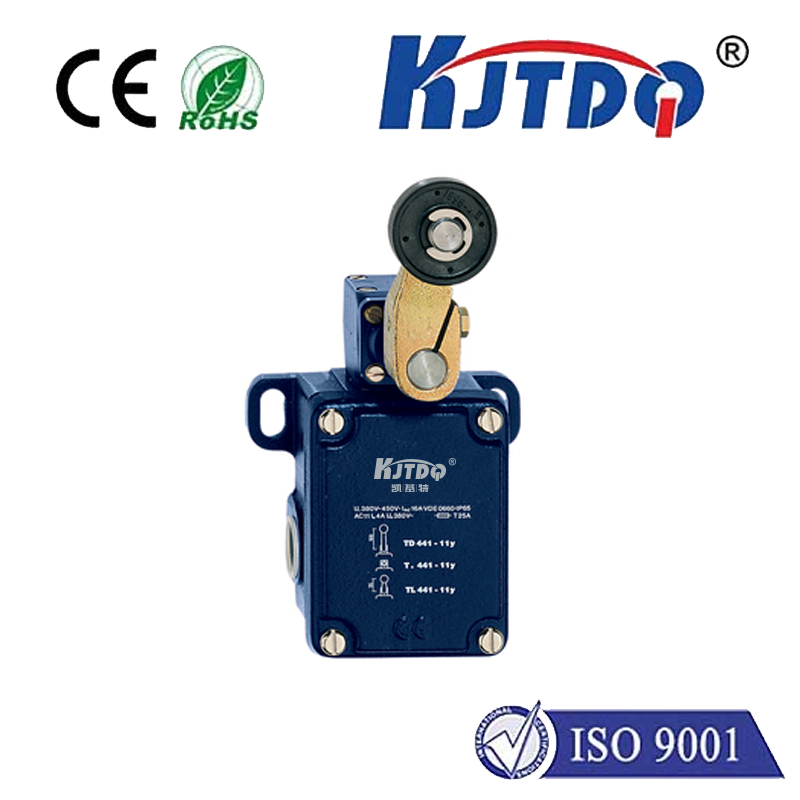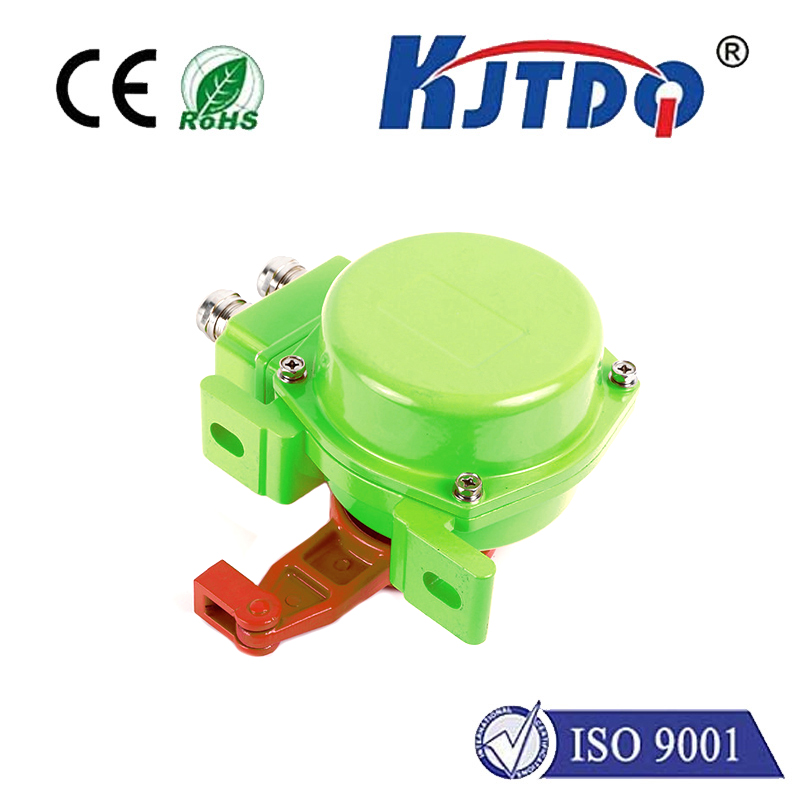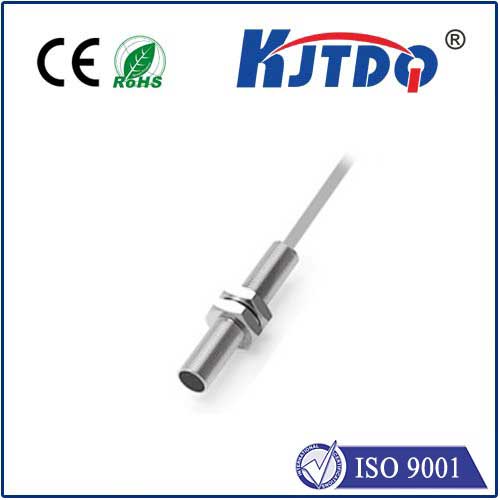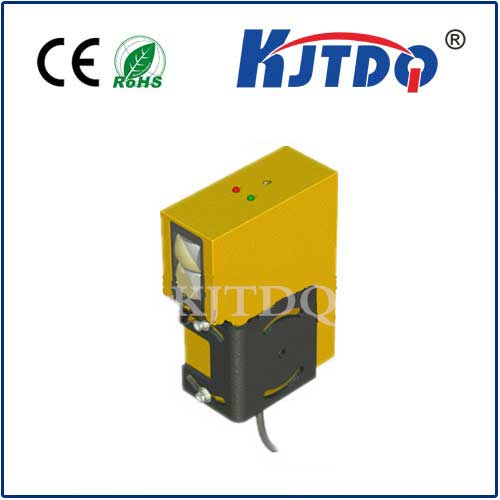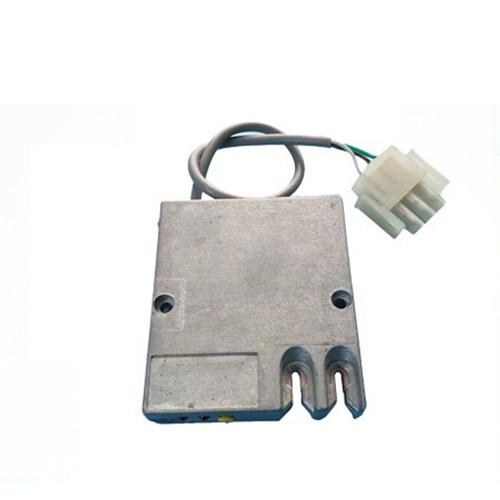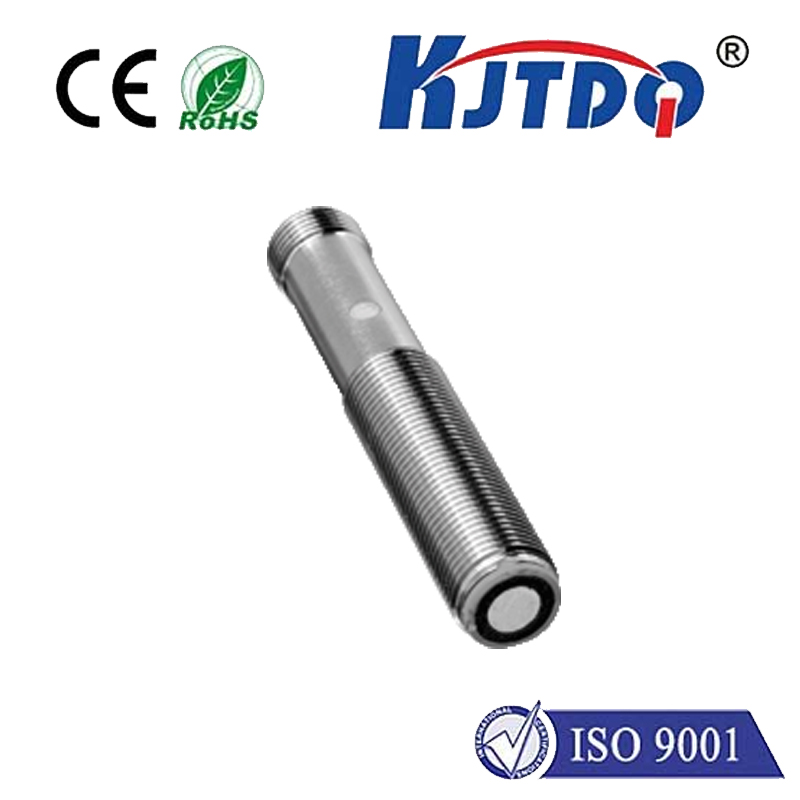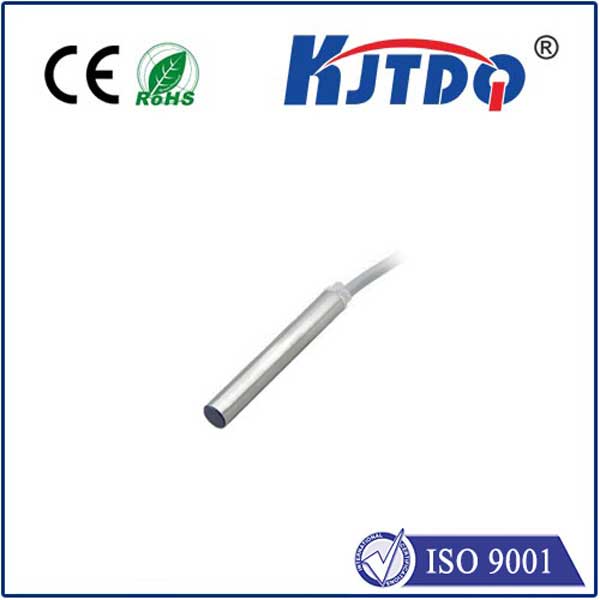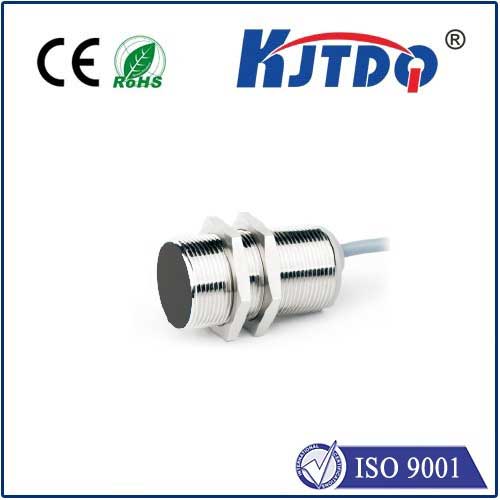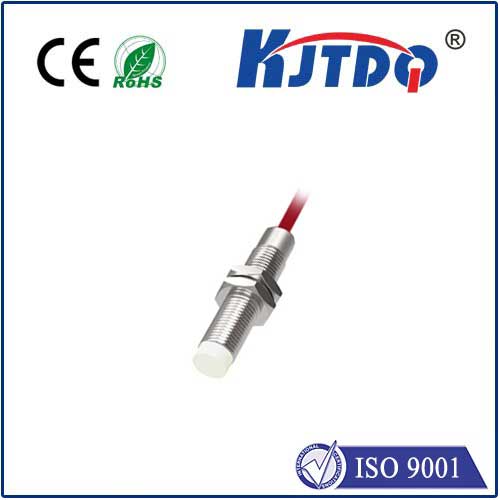

check

check

check

check
In the fast-paced realm of industrial automation, precision and efficiency are not just beneficial but imperative. At the heart of many advanced control systems lies a small yet mighty component: the speed switch sensor. This device plays a crucial role in monitoring and regulating the velocity of various machinery and equipment, ensuring optimal performance and safety across numerous industries.
A speed switch sensor, also known as a speed sensor or tachometer switch, is an electronic device designed to detect the rotational speed of a shaft or drum. It does this by converting the mechanical rotation into an electrical signal that can be easily measured and analyzed by control systems. These sensors come in different types, including Hall effect, optical, and magnetic speed sensors, each suited to specific applications depending on factors like environment, sensitivity, and cost.
The operation of a speed switch sensor is both fascinating and straightforward. Typically, the sensor consists of two main parts: the sensing unit and the processor. The sensing unit detects the passing objects, such as teeth on a gear or holes in a disc, generating pulses corresponding to the rotational speed. These pulses are then processed by an internal circuit which converts them into a usable signal—be it digital or analog—that indicates the current speed. For instance, in a Hall effect sensor, a magnet embedded in the rotating component passes by a stationary sensor head, creating a change in magnetic flux. This change is detected and translated into an electrical signal whose frequency corresponds directly to the rotational speed.

The versatility of speed switch sensors makes them invaluable across a spectrum of industrial sectors:
Automotive Industry: In vehicles, these sensors monitor engine RPM (revolutions per minute), ensuring efficient fuel combustion and helping to prevent mechanical failures.
Manufacturing & Production: On assembly lines, they regulate the speed of conveyor belts and other automated machinery, enhancing productivity while reducing waste.
Energy Sector: In wind turbines, they measure blade rotation to optimize power generation and protect the turbine from over-speeding in high winds.
Marine Applications: On ships, speed switch sensors help control propeller speeds for better maneuverability and fuel efficiency.
By continuously monitoring speed, these sensors enable real-time adjustments to machinery operation, preventing damage caused by excessive speeds or complete standstills. This predictive maintenance capability not only extends the lifespan of equipment but also significantly enhances workplace safety by mitigating risks associated with uncontrolled machine operations. Moreover, integration with broader automation systems allows for sophisticated data analytics, leading to further optimization of processes and energy consumption. As industries strive for smarter, more autonomous operations, the role of the humble speed switch sensor becomes ever more critical.
As technology advances, so too do the capabilities of speed switch sensors. Developments such as wireless communication, improved durability, and enhanced sensitivity promise to expand their applicability even further. With the push towards Industry 4.0 and the Internet of Things (IoT), these sensors are poised to become even more integral, driving the next wave of industrial revolution characterized by interconnected, intelligent systems. In summary, the speed switch sensor, a seemingly unassuming component, underpins much of modern industrial automation’s success. Its ability to precisely measure and control velocity ensures smoother operations, increased safety, and ultimately, a more efficient world. As industries continue to evolve, so too will the role of this tiny yet powerful device, cementing its status as a cornerstone of future technological advancements.
